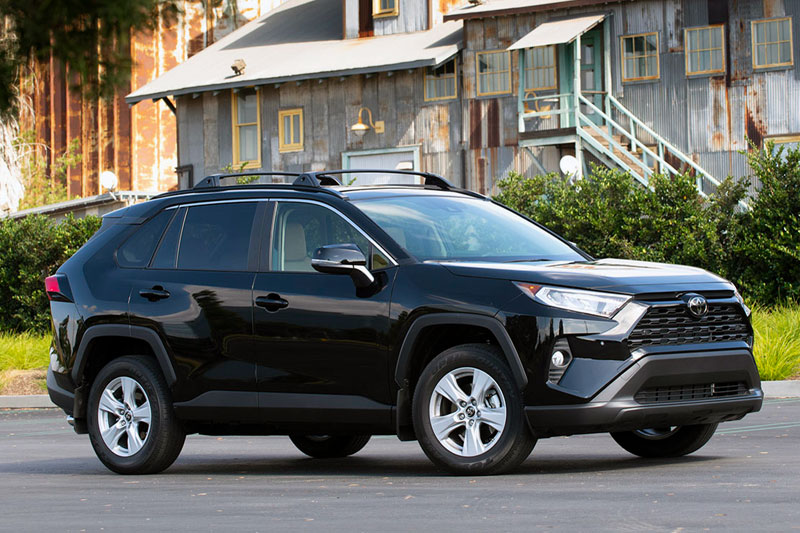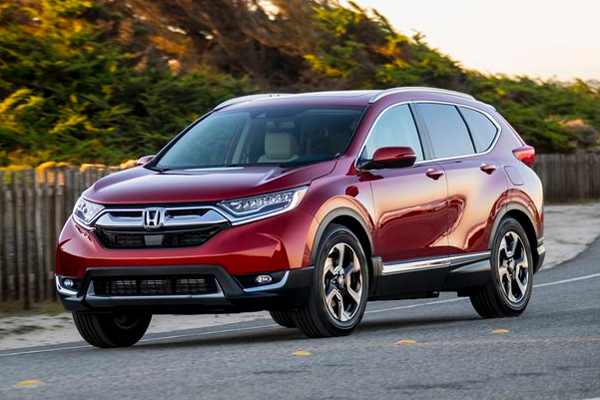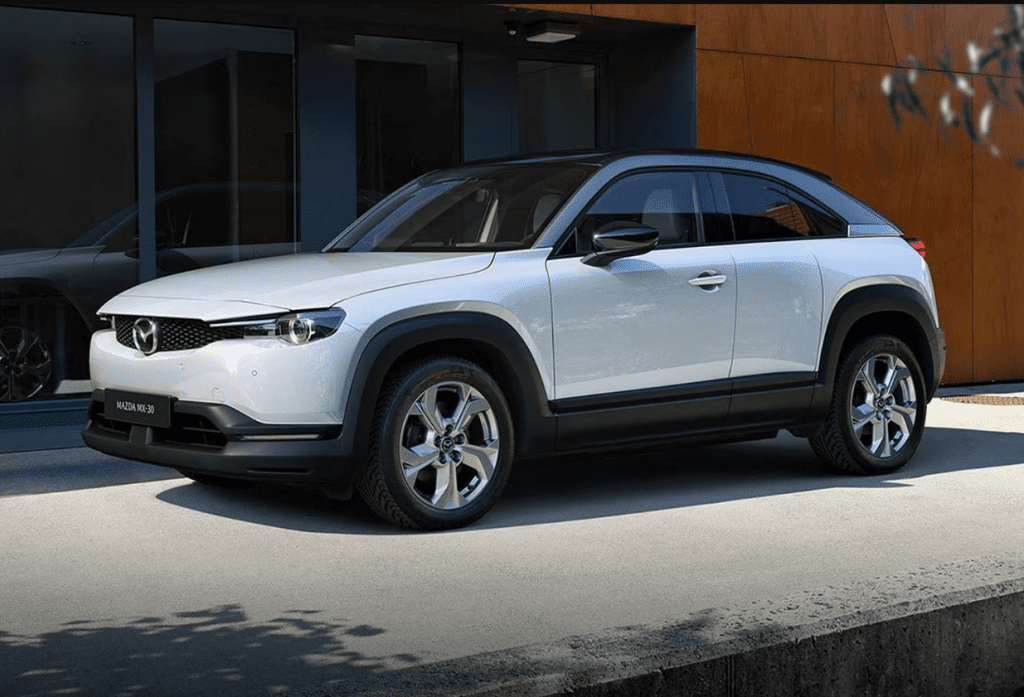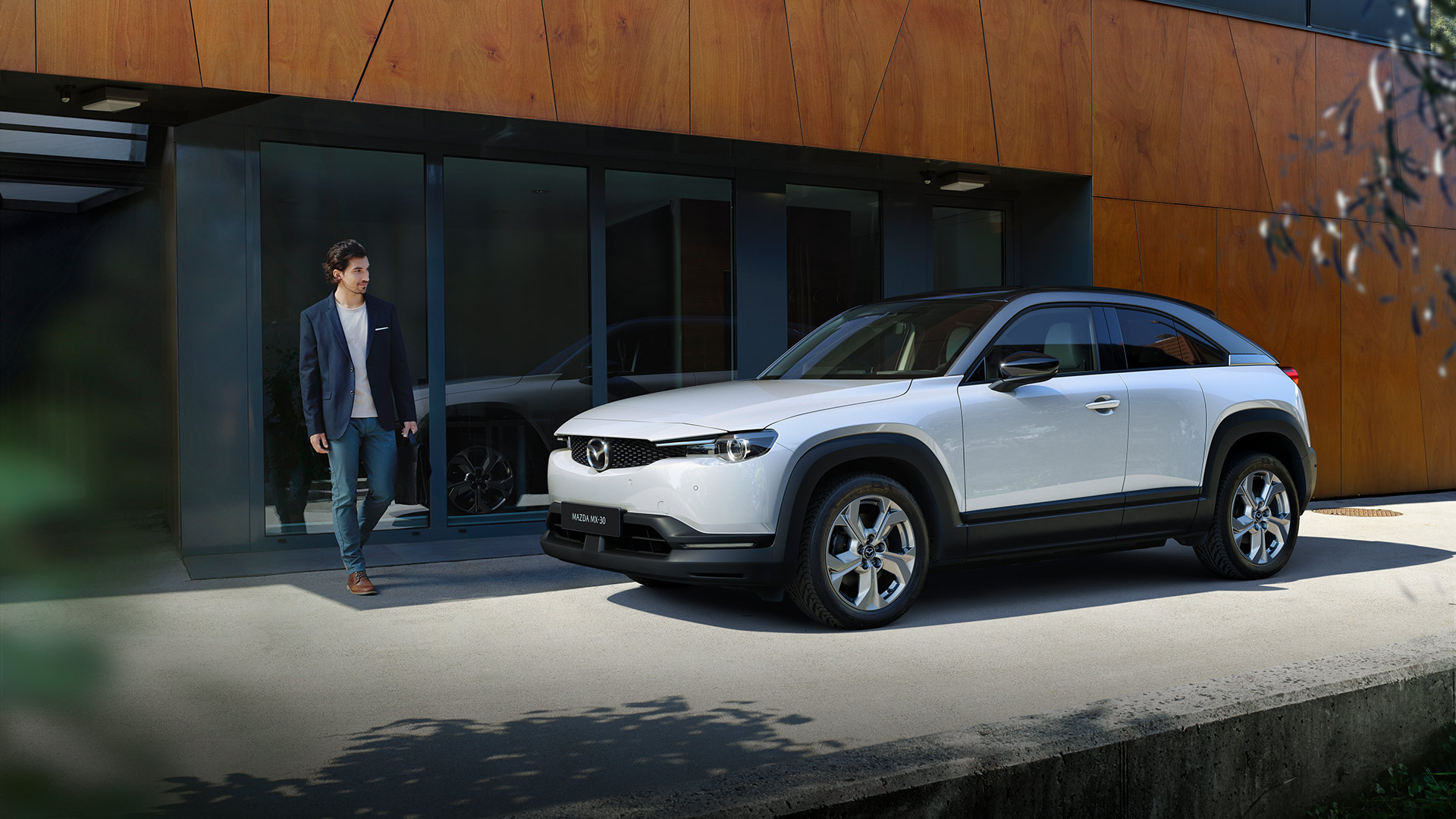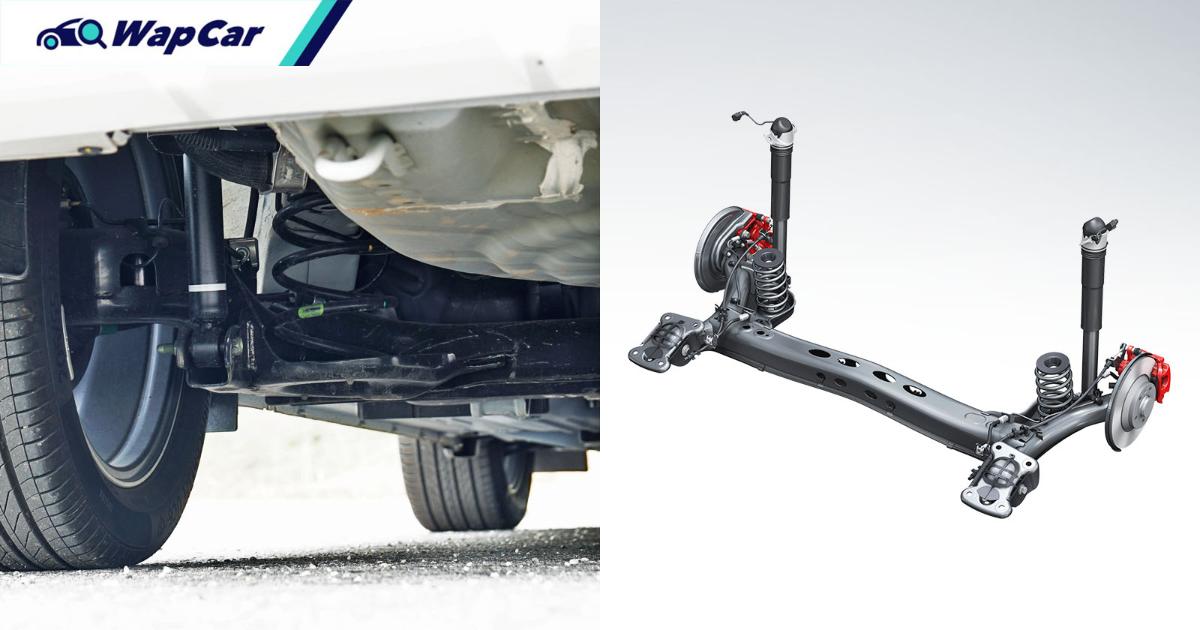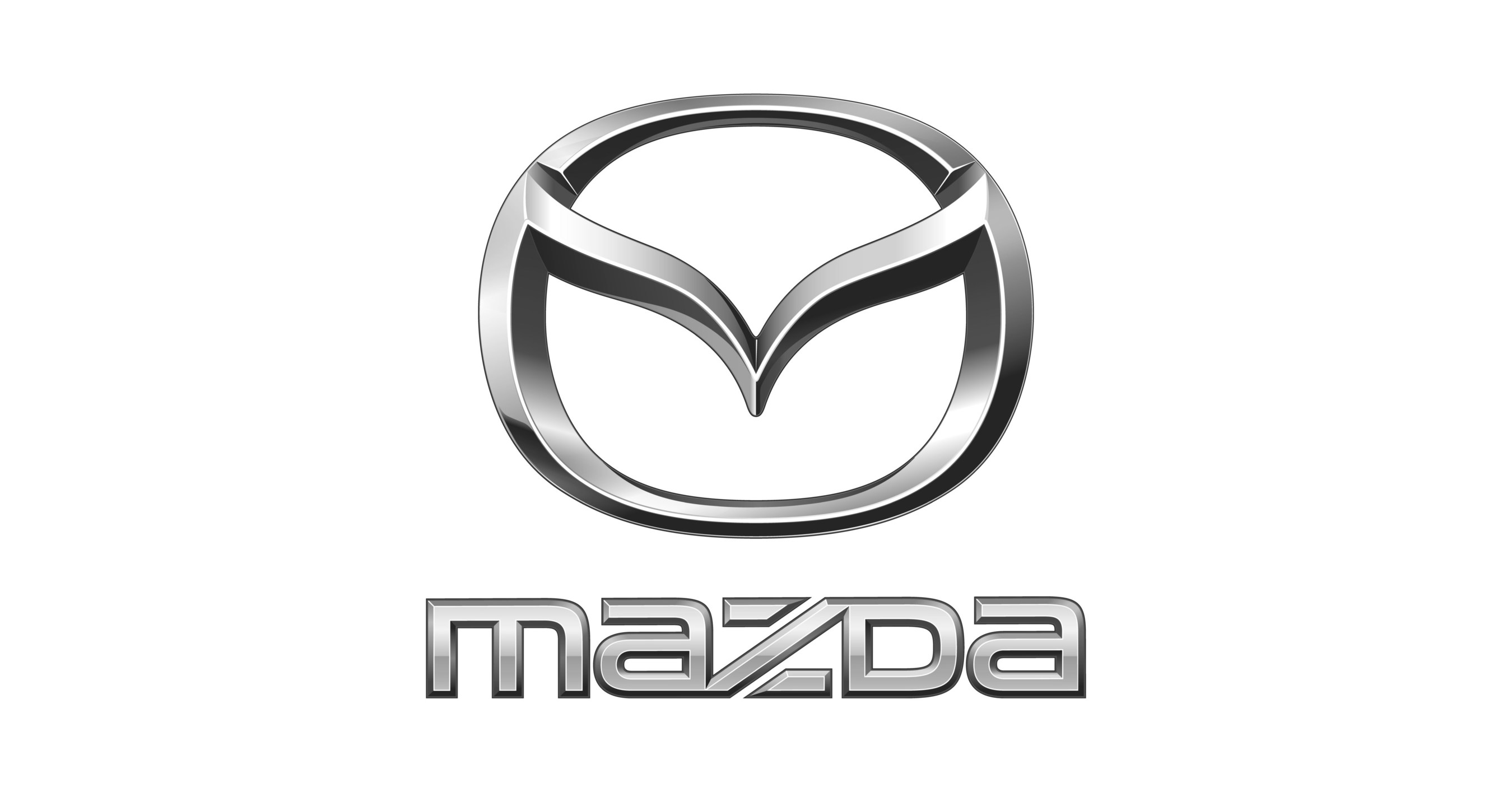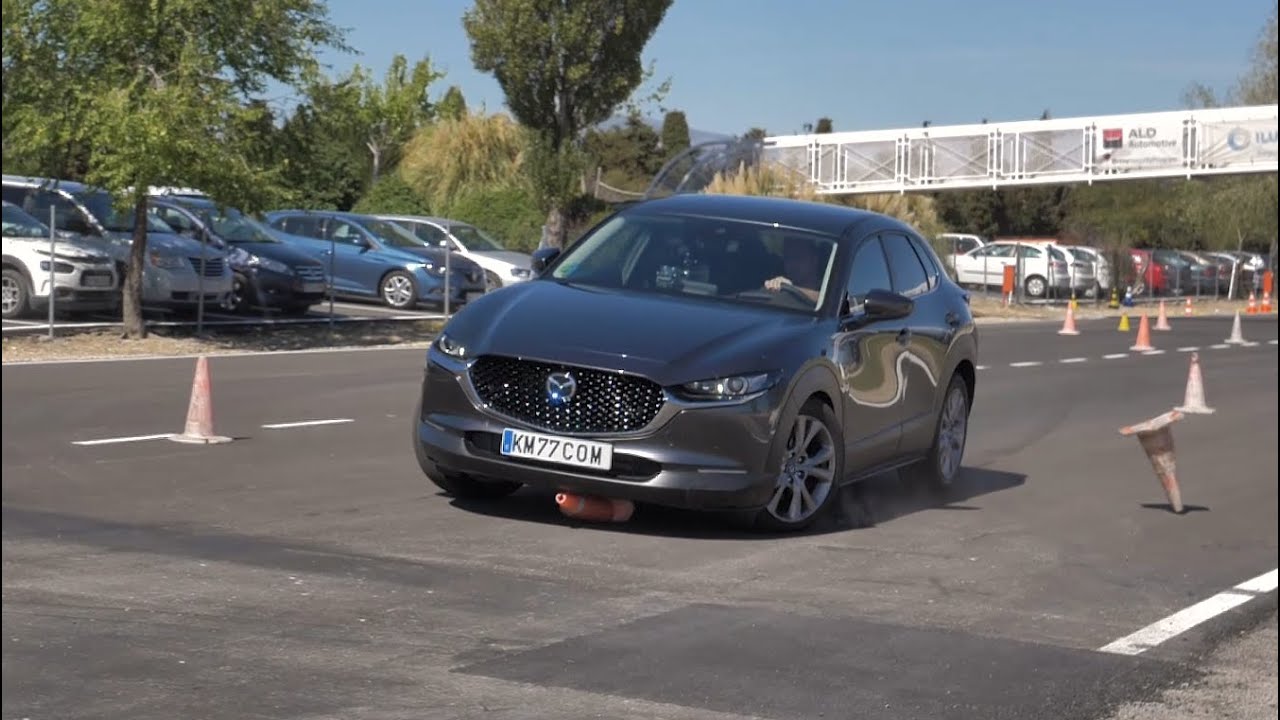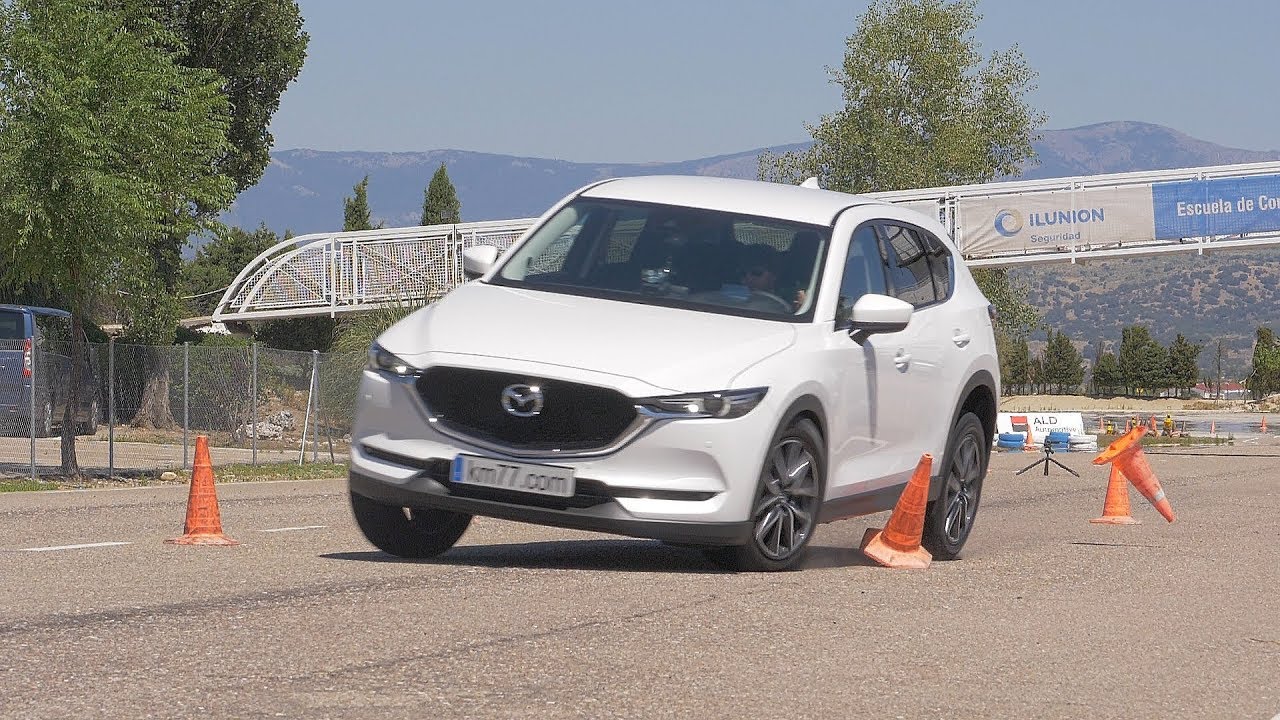- :
- 2019 CX-5 AWD
Mazda CX-5 US Month Sales
| Year | Jan | Feb | Mar | Apr | May | Jun | Jul | Aug | Sep | Oct | Nov | Dec |
|---|---|---|---|---|---|---|---|---|---|---|---|---|
| 2012 | - | 714 | 3629 | 3521 | 3973 | 4551 | 4208 | 4665 | 4468 | 3778 | 4213 | 5956 |
| 2013 | 5244 | 5451 | 7116 | 6262 | 7128 | 6856 | 7825 | 8506 | 6280 | 5833 | 6323 | 6720 |
| 2014 | 4998 | 9353 | 11855 | 6835 | 9291 | 7943 | 9109 | 10709 | 8097 | 5991 | 7220 | 7721 |
| 2015 | 5949 | 7445 | 10899 | 8960 | 10717 | 9373 | 9530 | 10033 | 9107 | 9264 | 8756 | 11417 |
| 2016 | 7063 | 7579 | 8965 | 8826 | 9951 | 9227 | 10831 | 10612 | 9385 | 8942 | 8865 | 11989 |
| 2017 | 8068 | 7836 | 8470 | 11334 | 11819 | 9550 | 11402 | 11631 | 12440 | 10306 | 10610 | 14097 |
| 2018 | 13463 | 13216 | 16138 | 11312 | 14173 | 12710 | 12208 | 12970 | 10538 | 9271 | 10882 | 13741 |
| 2019 | 10652 | 13377 | 13465 | 9592 | 14057 | 13242 | 13391 | 15592 | 10332 | 10970 | 14139 | 15734 |
| 2020 | 12908 | 14462 | 7841 | 5220 | 12140 | 12501 | 11878 | 13745 | 13582 | 11890 | 12299 | 17954 |
| 2021 | 13583 | 12087 | 15080 | 14883 | 20595 | 16393 | 16299 | 15329 | 13094 | 10177 | 10509 | 10419 |
| 2022 | 12604 | 16404 | 21645 | 16404 | 8093 | 6654 | 11009 | 12920 | 10216 | 9441 | 12692 | 13512 |
| 2023 | 9833 | - | - | - | - | - | - | - | - | - | - | - |
| Total | 104365 | 107924 | 125103 | 103149 | 121937 | 109000 | 117690 | 126712 | 107539 | 95863 | 106508 | 129260 |
Mazda CX-5 US Year Sales
| Year | Sales |
|---|---|
| 2022 | 151594 |
| 2021 | 168448 |
| 2020 | 146420 |
| 2019 | 154543 |
| 2018 | 150622 |
| 2017 | 127563 |
| 2016 | 112235 |
| 2015 | 111450 |
| 2014 | 99122 |
| 2013 | 79544 |
| 2012 | 43676 |
| Total | 1,345,217 |
Total U.S. 2017+ (2nd gen) CX-5 Sales: 909,023 as of 2/23
Mazda CX-50 US Month Sales
| Year | Jan | Feb | Mar | Apr | May | Jun | Jul | Aug | Sep | Oct | Nov | Dec |
|---|---|---|---|---|---|---|---|---|---|---|---|---|
| 2022 | - | - | 56 | 1700 | 1465 | 1566 | 2983 | 2783 | 2823 | 2630 | 2260 | 3063 |
| 2023 | 2589 | - | - | - | - | - | - | - | - | - | - | - |
| Total | 2589 | 0 | 56 | 1700 | 1465 | 1566 | 2983 | 2783 | 2823 | 2630 | 2260 | 3063 |
Total U.S. 2022+ CX-50 Sales: 23,918 as of 2/23
Last edited:

